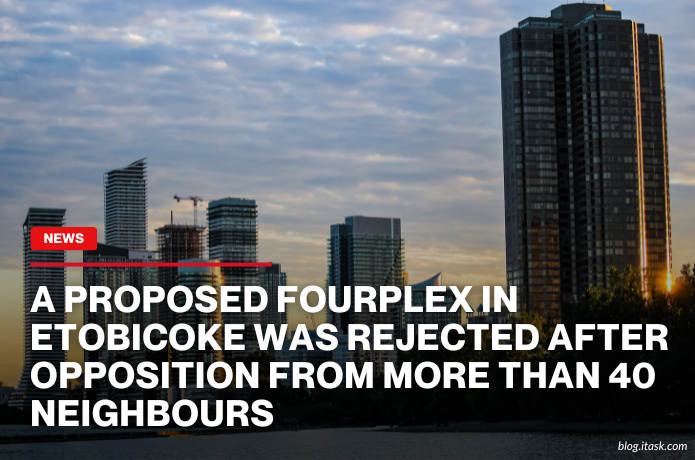A proposed fourplex in Etobicoke was rejected after opposition from more than 40 neighbours
A proposed fourplex in Etobicoke was rejected after opposition from more than 40 neighbours

A proposed fourplex in Etobicoke has been rejected following strong opposition from more than 40 local residents. The plan aimed to replace a single-family home with a four-unit building, but neighbors expressed concerns about increased traffic, parking issues, and changes to the community's character.
The city's planning department reviewed the proposal and ultimately decided against it. Officials cited the significant community opposition and potential negative impacts on the neighborhood as key reasons for their decision.
Local residents were vocal in their objections, attending meetings and submitting letters to express their concerns. Many felt that the introduction of a fourplex would disrupt the area's traditional single-family home aesthetic and lead to overcrowding.
The developer behind the proposal argued that the fourplex would provide much-needed housing options in the area. They emphasized that the design was intended to blend with the existing neighborhood and address housing shortages.
Despite these arguments, the city's decision reflects a commitment to maintaining the current character of Etobicoke neighborhoods. Officials noted that while increasing housing density is important, it must be balanced with community input and existing neighborhood dynamics.
This case highlights the ongoing tension between development and preservation in urban areas. As cities grow, finding a balance between accommodating new residents and respecting the wishes of current inhabitants remains a complex challenge.
